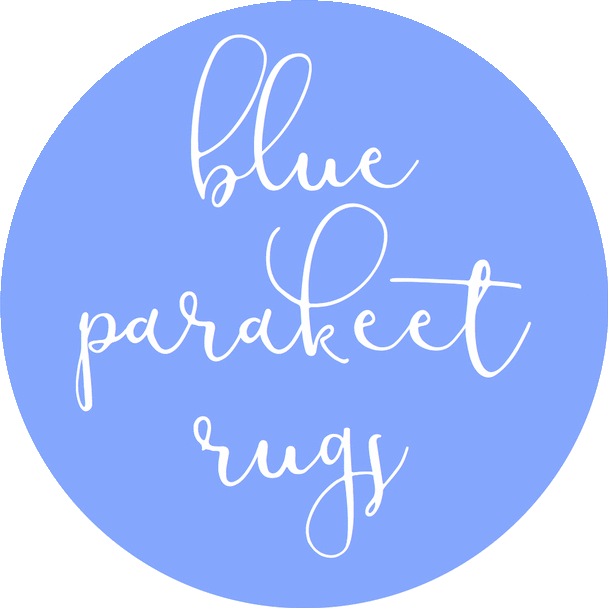Exploring The Enduring Charm of Antique Persian Sarouk Rugs
Originating from the Sarouk region in Iran, Sarouk rugs have become synonymous with sophistication and artistry. In this blog post, we unravel the rich tapestry of Antique Persian Sarouk Rugs, exploring their origins, distinctive features, and the great appeal that makes them coveted pieces for collectors and enthusiasts alike.
The Origins and Heritage
Sarouk, situated in what is now western Iran, has long been celebrated for its contributions to the world of Persian rug weaving. Antique Persian Sarouk Rugs, dating back to the late 19th and early 20th centuries, showcase the artistry and skill of Sarouk's master weavers. The region's unique climate and tradition of using high-quality wool contribute to the distinct characteristics of these rugs.
Distinctive Features and Craftsmanship
Sarouk rugs are the rugs with an indomitable spirit. They are stout and sturdy and have a weight and hand construction to them that are woven to last forever. When they’re full-pile, we’re talking seriously heavy! They are double wefted and have a stiff cotton foundation, and they are renowned for their dense wool pile and tight weave. These Persian rugs boast a luxurious texture with wool that is densely packed within each knot.
The use of vibrant colors, including rich rose or red, blues, and ivory, combined with intricate floral and geometric patterns, creates a visual masterpiece that captivates the beholder. Most of the Sarouk you’ll find will have a red ground. Many of them are what we refer to as “The Painted Sarouk,” as they were dubbed by Americans around the middle of the 20th Century who preferred Sarouk to be covered in a saturated red background. Americans were not quite satisfied with their original color, so even old Sarouk were stripped and re-dyed with a deeper, more saturated rose red color to please American buyers. Thus thousands of these rugs were repainted, and the name stuck: The Painted Sarouk. These specific kinds of Sarouk can be distinguished by observing the color and tone of the front and back of the rug. If you’ll notice the color on the back of the rug to be lighter than the back, such as a light rose on the back and a deeply saturated dark rose red on the front, you can be sure it is indeed a painted Sarouk.
Sarouk can also be found in an ivory ground or blue ground, but these are much less common. Most Sarouk have recognizable floral sprays and motifs. Sometimes, you’ll find these floral masterpieces in a coral or salmon ground as well, and they are quite stunning and unusual. We try to acquire these pieces as much as possible because they are highly attractive and a prize to have. Other kinds of Sarouk rugs are Mohajeran Sarouk as well as Ferahan Sarouk. These specific types were less produced, have finer wool and are typically more valuable due to their quality, design, and rarity.
Versatility in Design
Antique Sarouk Rugs are known for their versatility in design, making them suitable for a wide range of interior styles. Whether adorning a traditional, formal space or adding a touch of elegance to a more contemporary setting, these rugs seamlessly integrate into various decor schemes. They were imported in a flurry in the 1940s and still have great demand today.
Caring for Antique Sarouk Rugs
Owning an Antique Persian Sarouk Rug comes with a responsibility to preserve its beauty for future generations. Regular maintenance, proper cleaning techniques, and seeking professional restoration when necessary are essential to ensure the longevity of these exquisite pieces. Remember when vacuuming not to suck in the fringes. If storing your Sarouk, roll and fold it properly and keep it in a cool place, and make sure to check on it (especially if it is full pile) for moths as moths certainly love wool – it’s their caviar!




